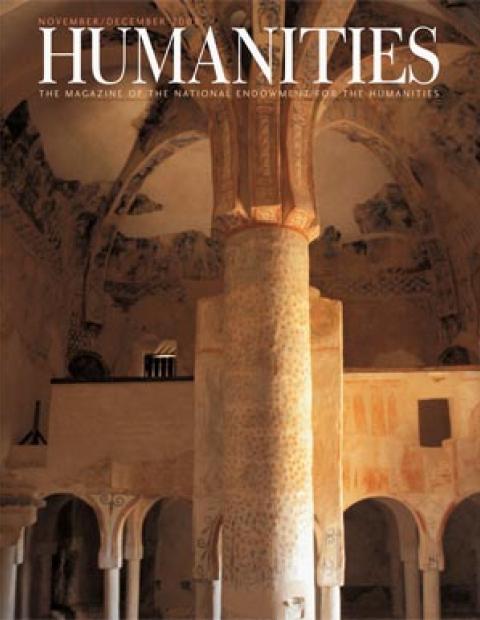From The Arts of Intimacy: Christians, Jews, and Muslims in the Making of a Castilian Culture, © 2008 by Jerrilynn D. Dodds, María Rosa Menocal, and Abigail Krasner Balbale.
Few stories better illustrate the intricate relations between the barely choate Christian monarchies of the tenth century and the Umayyads than the legendary Cordoban sojourn of the unfortunate king remembered by the Cervantine name of Sancho the Fat. The obese Sancho I inherited the throne of León in 956, and then spent his entire lifetime defending it, involved in little else besides the murderous politics of succession and power that often led Christian princes and kings to seek protections and strategic alliances with the Umayyads. Sancho’s journey to the great metropolis of Cordoba took place in 958—during the reign of Abd al-Rahman III—and was engineered by one of Pamplona’s most formidable figures: his grandmother, Toda, queen mother of the royal Navarrese house. Toda had both personal and political interest in finding a cure for her heir’s obesity, which, among other things, prevented him from riding a horse—essential to military, and thus political, leadership, as well as honor, where mobility was a cardinal virtue. But her net spread even wider; Toda, queen mother of Navarre was also great-aunt of Abd al-Rahman III himself.
In refined, urban Cordoba, Sancho was apparently transformed, rendered if not thin at least more able-bodied, and able to ride again, and in some accounts this was thanks to Hasdai ibn Shaprut, the caliph’s physician and head of the Jewish community of the Islamic capital. But whether or not the advanced medical establishment of the newly declared caliphate managed to cure Sancho’s morbid obesity, Sancho came away with useful political ties to the Cordoban leadership, and they helped restore him to the throne he and his brothers and half brothers had violently disputed throughout their lives.
Published by Yale University Press. Reprinted by permission

